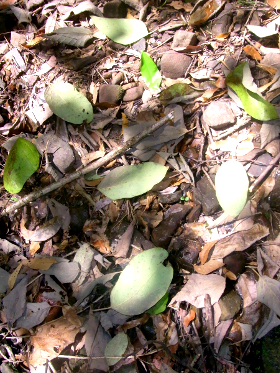Forest offsets studied

A new research project shows Increases in vegetation cover over the last two decades have increased the availability of water across about 45 per cent of Earth's surface, both in the re-vegetated areas and areas downwind from them.
This has offset around 15 per cent of the freshwater the world has lost in the same time period, according to international scientists.
However, the picture is not the same across the whole world, as increased vegetation has actually decreased water availability across 34 per cent of Earth's surface in the vegetated areas themselves, but increased availability downwind of those areas.
Across 8 per cent of Earth's surface, increased vegetation has decreased water availability both in the vegetated areas and downwind of them.
This geographical variation in the effects of increased vegetation on water availability must be taken into account when planning afforestation to tackle climate change, researchers conclude.
With widespread afforestation expected to play a key role in climate mitigation strategies, the authors argue it is important to understand how vegetation changes can impact the water cycle particularly in regions downwind, and inform future afforestation strategies.
The full study is accessible here.








 Print
Print